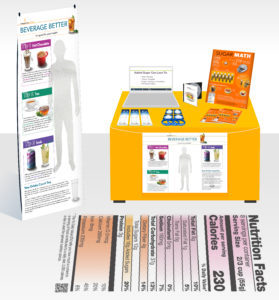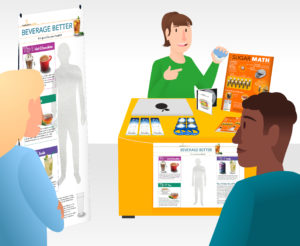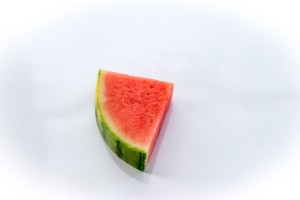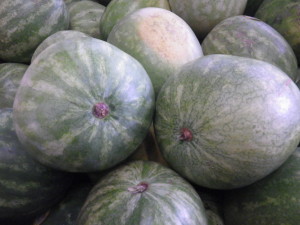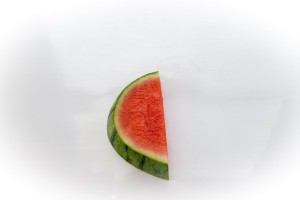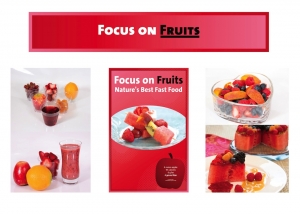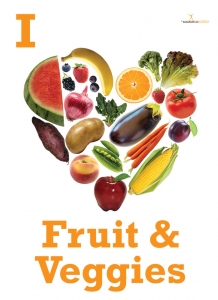It’s time for a brand-new Display of the Month!
This month, I want to feature Sugar Math: an engaging and memorable way to teach valuable lessons about added sugars and good health.
Let’s dive right in!
The Materials:
- Banner and Stand: Beverage Better
- On Your Table: A Sugar Math Poster on a Poster Easel arranged behind some Sugar Math Handouts (and sugar measuring implements plus a few ziplocks and containers of yogurt if you’re doing the measuring activity)
- Prizes: Water Wristbands, Stickers, and Bookmarks
- On the Wall Behind Your Table: Beverage Better Banner (or a screen if you’re showing either the Added Sugars DVD or the Sugar Scoop PowerPoint)
- In Front of Your Table: Food Label Floor Decal and/or the Beverage Better Banner
The Activities:
- Game: Sugar Quiz
- Interactive Activity: Yogurt and Added Sugar Measurements
- Presentations: Added Sugars DVD or Sugar Scoop PowerPoint
The Details:
Set up your space as pictured above, adjusting your arrangements to fit the activities you’ve chosen and the space provided.
For the Sugar Quiz, pose the following questions to your group. You can divide them into teams and track points to declare a winner at the end or simply address volunteers individually. Don’t forget to offer Water Wristbands, Stickers, and Bookmarks as prizes for correct answers or for the winning team.
- True or false: A healthy diet should include no more than 10% of its calories from added sugars. (true)
- How many calories per day is the upper limit for added sugars for the average person? (200)
- And what is that in grams of sugar? (50)
- Where can you find added sugars? (on the new nutrition facts label, or point to the general list of sugars in a food and explore how to intuit how much of those sugars is added)
- Roughly how many teaspoons of sugar make up the average upper limit for daily added sugar intake? (12)
Now let’s talk about the Yogurt and Added Sugar Measurements Activity. You may need to rearrange your table for this one.
Gather your group around the table and hold up a clean, empty container that was once used to hold yogurt. Ask everyone how much sugar they think was in that container. Take guesses (if people are shy at first, use prizes like the Water Wristbands, Stickers, and Bookmarks as motivation for contributing), then show them where to find the answer on the label. Hold up a few more containers and repeat the process.
Pick a container of yogurt and have people use a teaspoon to measure out how much sugar is in that container (provide a dish of refined sugar and a few spoons for this purpose) assembling it all in a clear zip-top baggie. You can also use these amazing Sugar Test Tubes.
Do the same thing with the other containers of yogurt, discussing their findings as they go. How much sugar is in that yogurt? How much of it appears to be added sugar? Why?
If you have the resources, a Sugar Presentation is also a fun way to make lessons about added sugars more memorable. Cue up a projector (or your laptop) to show either the Added Sugars DVD or Sugar Scoop PowerPoint, or both! The PowerPoint comes with additional handouts, which you can distribute after the presentation.
Other Display Ideas:
Here is a collection of the past displays of the month. Which will make an appearance at your next health or wellness fair?
- Eating Pattern Shifts
- Fresh Fruit and Vegetable Month
- 10,000 Steps
- Nutrition Month
- Portion Control
- Sugar
- Beverage Better
And here are some fantastic sugar resources, fresh from the Nutrition Education Store!

Sugar Test Tubes
$58.00 $65.00
Add to Cart

Sugar-DVD - Sugar Video - Nutrition Education DVD
$79.00 $79.00
Add to Cart




